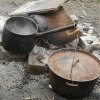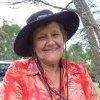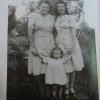1940s
1941
The Blacktown Native Institute site, supposed to be a gift in perpetuity from Governor Macquarie, is revoked, even though the APB has evicted the last residents (of the Locke family) fifteen years earlier (J.L.Kohen, The Darug and their Neighbours, Darug Link, 1993, p. 120) See video, ‘We lost it once, we wouldn’t want to lose it again‘
1942
Aunty Val Aurisch recalls life at the Gully: “The homes are made of tin, mostly kerosene tins flattened on a wooden frame. There is usually a kitchen with an open fire or wood fuel stove. The walls are lined with white clay and newspaper. Water is collected from the well. Nan cooks in big black pots on an outside fire”.
1944
1945
1946
1947
Joan Cooper recalls, about the Gully at Katoomba, “we had our own bush remedies. Mum would go with her sisters and collect a certain kind of leaf that healed burns. It was the women who used to find all the medicines that made us feel better. They would rub tea tree oil all on the burns and then wrap the leaves around the burns and in two days the burns will be healed and gone. … Mum used to make us stand in line to have Sarsaparilla every day. Because of this we were never sick. She used to collect the Sarsaparilla plant, boil it and bottle it.” Johnson, p. 77. See video, ‘Visiting Grandma at the Gully’











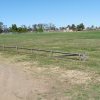

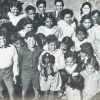
.thumbnail.JPG)
